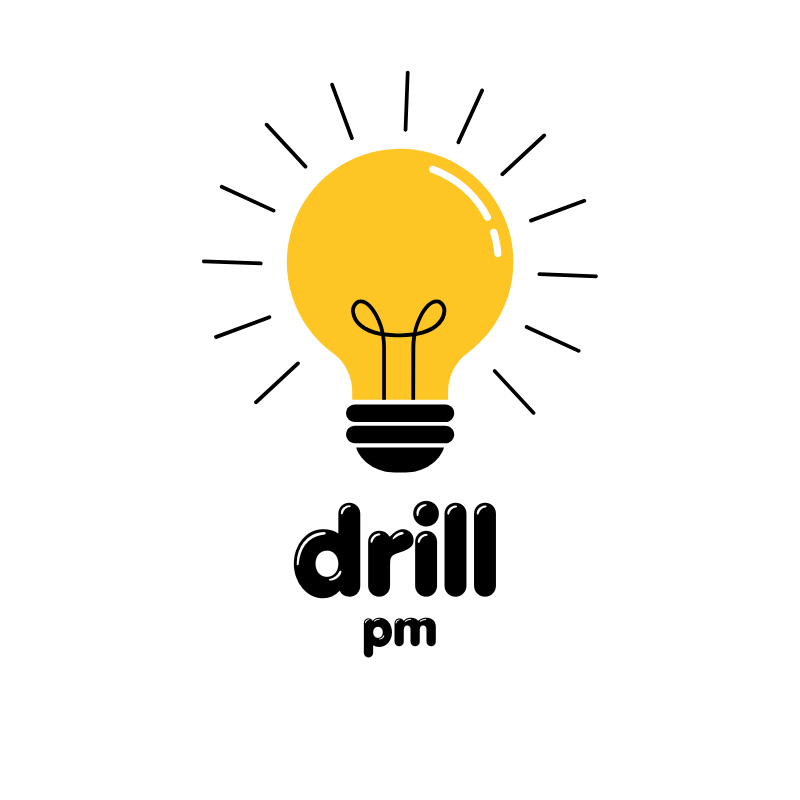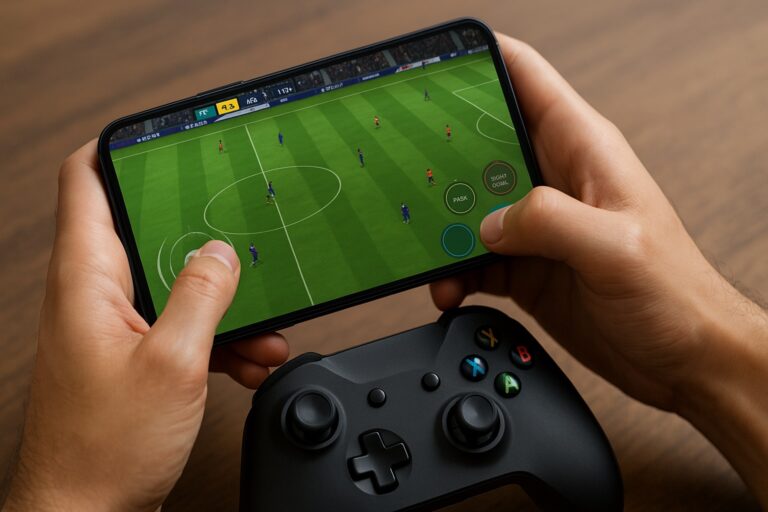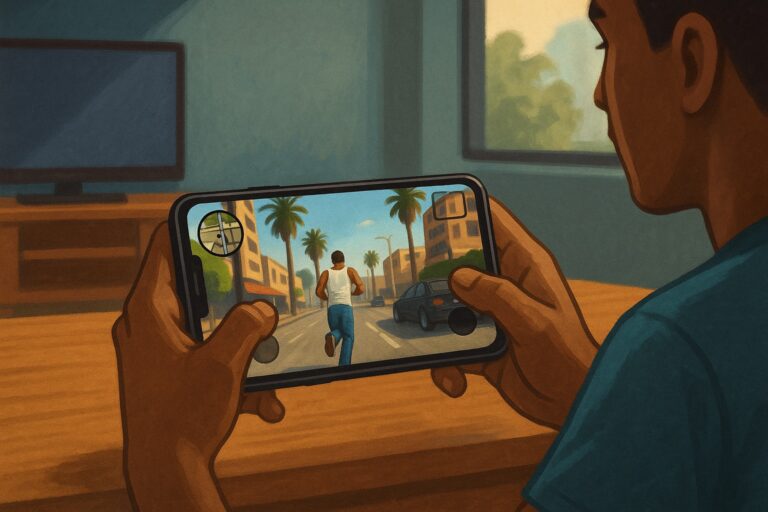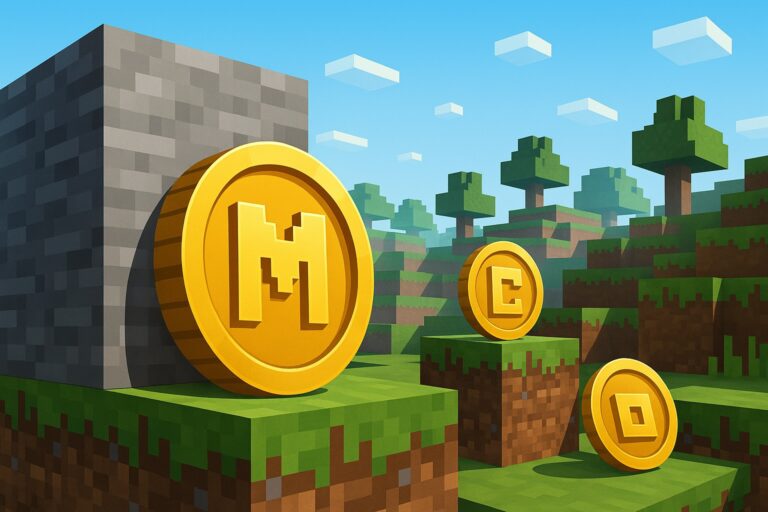Anúncios
Life today moves fast. From managing work tasks to remembering groceries, juggling appointments, and staying in touch — our brains are constantly overloaded.
That’s why millions of people are turning to apps to help organize their time, simplify routines, and bring peace to the chaos. And it’s not just for tech experts — anyone can benefit from these tools.
In this friendly and practical guide, you’ll learn why using organization apps can be a game-changer for your daily life, and exactly how to start using them in a way that works for you. Let’s dive in!
The Modern Chaos: Why Organization Matters
We live in an always-connected world filled with:
- Endless notifications
- Overlapping responsibilities
- Mental overload
When we’re disorganized, we feel:
- Stressed
- Forgetful
- Unproductive
Organization isn’t about being perfect. It’s about feeling more in control, creating space for what matters, and reducing unnecessary stress.
Benefits of Using Apps to Stay Organized
Why use apps instead of just your brain (or sticky notes)? Because apps:
- Store everything in one place
- Send reminders so you never miss tasks
- Sync across devices — phone, tablet, computer
- Reduce decision fatigue
- Free your mental space
Whether it’s managing chores, appointments, habits, or goals, apps help you simplify and streamline your life.
Types of Apps That Help You Get in Control
Here are the main categories of organization apps:
- Calendar apps (e.g., Google Calendar, Apple Calendar)
- To-do list apps (e.g., Todoist, Microsoft To Do)
- Habit trackers (e.g., Habitica, Streaks)
- Time blocking & productivity tools (e.g., Notion, Trello)
- Family & household organizers (e.g., Cozi, OurHome)
Each serves a different purpose. You don’t need all of them — just the ones that fit your lifestyle.
Step 1: Identify Your Needs and Pain Points
Before downloading a bunch of apps, ask yourself:
- What parts of my day feel chaotic?
- Where do I tend to forget things?
- What stresses me out the most?
- What do I wish I had more time for?
Clarity comes first. Apps are tools — but they work best when aimed at a specific problem.
📌 Example: If you forget appointments, you need a calendar app. If you feel scattered, a task manager may help more.
Step 2: Choose the Right Apps for Your Goals
Now that you know your pain points, match them with the right app. Here’s a quick guide:
| Goal | App Type |
|---|---|
| Never miss an appointment | Calendar app |
| Keep track of daily tasks | To-do list app |
| Build good habits | Habit tracker |
| Plan your week visually | Time blocker |
| Organize a family or shared schedule | Family organizer |
📌 Tip: Start with just one or two apps. Test them for a week before adding more.
Step 3: Set Up Daily, Weekly, and Monthly Systems
Good organization comes from routine. Here’s how to build one:
- Daily: Review tasks every morning or night
- Weekly: Plan your week each Sunday or Monday
- Monthly: Reflect on your goals and reset priorities
Block 10–20 minutes for these check-ins. Use recurring reminders to stay on track.
📌 Pro tip: Use color-coding in your apps to quickly spot different task types (work, personal, family, etc.)
Step 4: Use Notifications and Reminders Wisely
Too many alerts can lead to notification burnout. Instead:
- Use priority alerts only (e.g., meetings, deadlines)
- Mute low-priority reminders
- Set alerts to go off 15–30 mins before a task
- Use silent push notifications or widgets for visual cues
Apps should reduce stress, not create more. Be intentional about which reminders you allow.
Step 5: Review and Adjust Regularly
No app is perfect forever. Your life evolves — so should your tools.
- Monthly, ask: Is this app still helping me?
- Remove unused apps
- Explore new features or alternatives
- Stay curious about what works best for you
📌 Mindset shift: Think of apps like gym equipment. The value comes when you actually use them — and tweak the setup when needed.
Recommended Apps for Different Needs
Here are some top-rated apps to explore (free and premium options):
| Purpose | Apps |
|---|---|
| Task Management | Todoist, Microsoft To Do, TickTick |
| Calendars | Google Calendar, Apple Calendar |
| Habit Tracking | Habitica, Streaks, Loop Habit Tracker |
| Notes & Planning | Notion, Evernote |
| Family Organization | Cozi, TimeTree |
| Focus & Time Management | Forest, Focus Booster, Pomofocus |
📌 Note: Look for apps that sync across devices, especially if you work on both phone and computer.
Common Mistakes and How to Avoid Them
- Using too many apps at once → Keep it simple
- Not customizing your setup → Tailor it to your life
- Forgetting to check the app → Set a routine check-in
- Ignoring updates → New features can be game-changers
- Treating the app as the solution itself → It’s just a tool; your habits make it work
Tips for Staying Consistent Without Stress
- Make app usage part of a daily routine
- Keep things visually appealing (colors, icons)
- Use positive reinforcement — reward yourself for consistency
- Sync your digital organization with physical habits (like journaling or meal prep)
Start small. Even 5–10 minutes of planning per day makes a huge difference.
Apps for Families, Parents, and Students
If you’re organizing a household, school, or a busy kid’s schedule:
- Cozi: Shared family calendar, to-dos, grocery lists
- Google Calendar: Great for teens and college students
- Notion for Students: Notes, deadlines, project boards
- Trello for Homework: Organize assignments visually
📌 Parent tip: Include kids in the process — teach them how to organize early!
Conclusion
In a fast-paced world, staying organized isn’t a luxury — it’s a survival skill. Thankfully, you don’t need to do it alone. With the right apps, you can reduce mental clutter, improve productivity, and feel more in control of your day-to-day life.
Start small. Pick one app. Create a habit. Let technology help you focus on what truly matters.
Ready to take charge of your time? Your new organized life is just one download away.
FAQ
1. Are paid apps better than free ones?
Not always. Many free apps offer powerful features. Paid options usually add more customization or integrations, which are helpful but not always necessary.
2. Can organizing apps really reduce stress?
Yes! By clearing your mental space and preventing forgotten tasks, organization apps help reduce anxiety and increase clarity.
3. What’s the best app to start with?
Start with a to-do list app like Todoist or Microsoft To Do. It’s the easiest way to see quick wins in daily organization.
4. How do I stick with using an app long-term?
Make it part of your routine. Check it each morning and evening, and keep it simple so it doesn’t feel like a chore.
5. Is it safe to store personal info in organization apps?
Most popular apps are secure, but always check their privacy policy. Use strong passwords and two-factor authentication when available.



